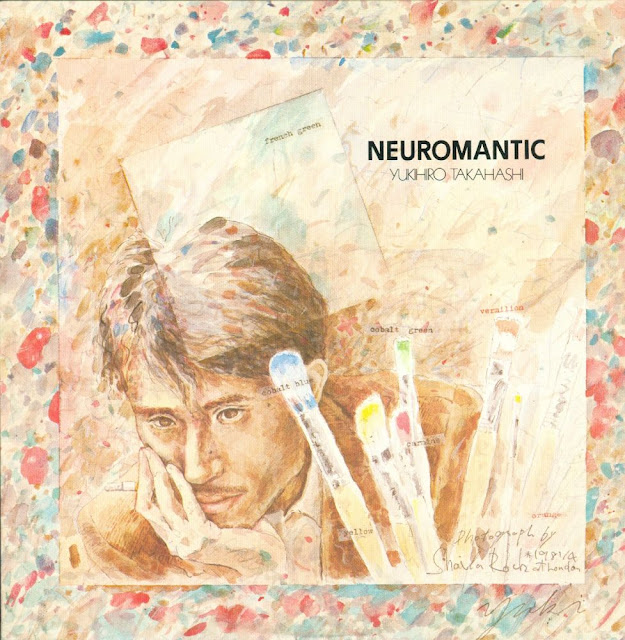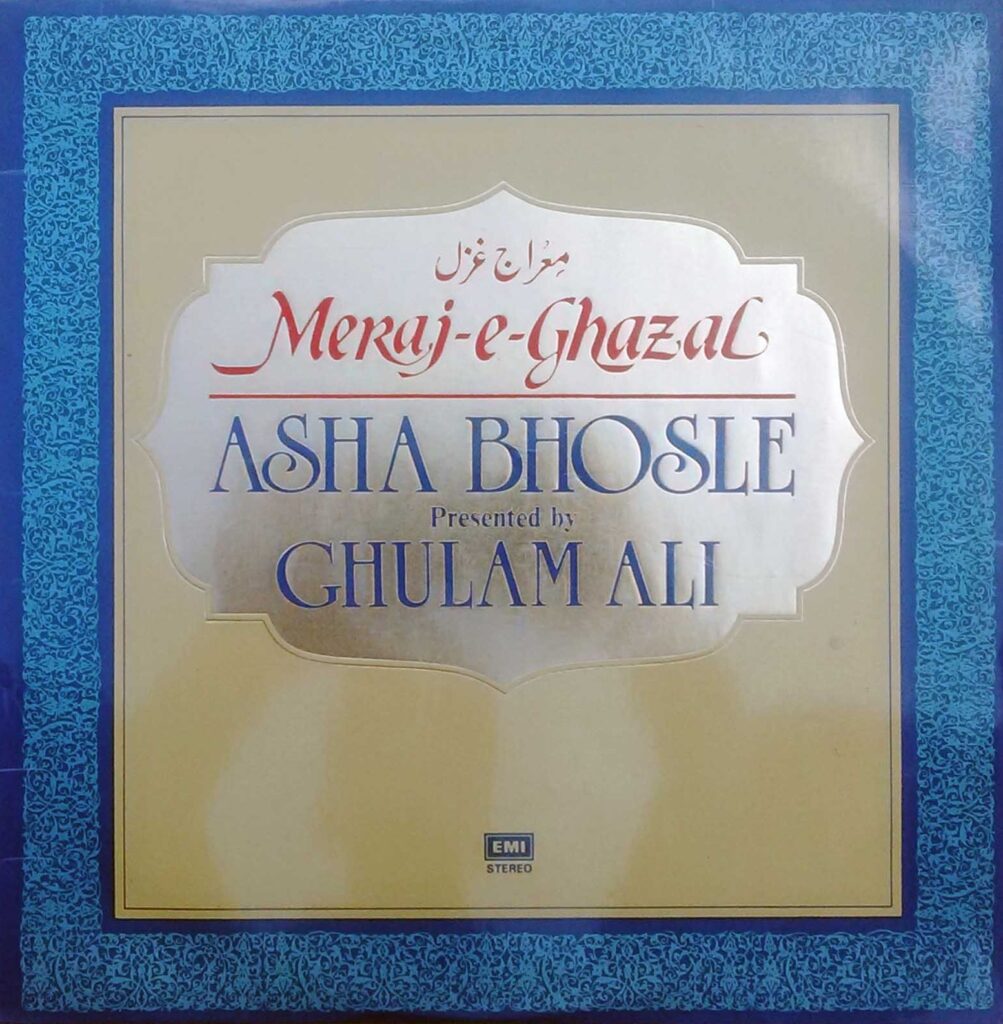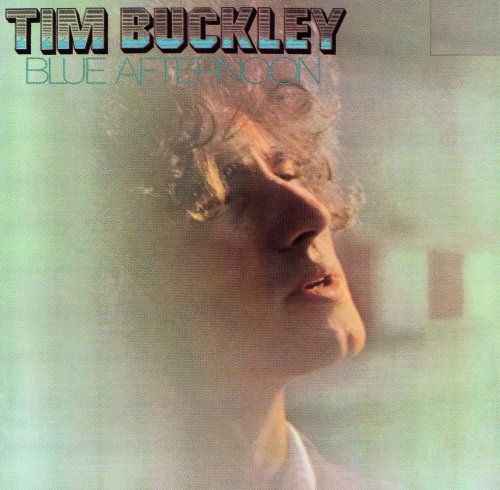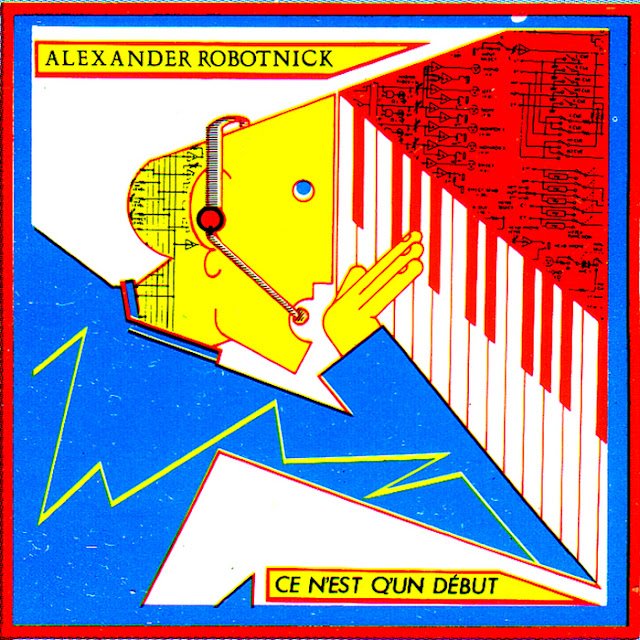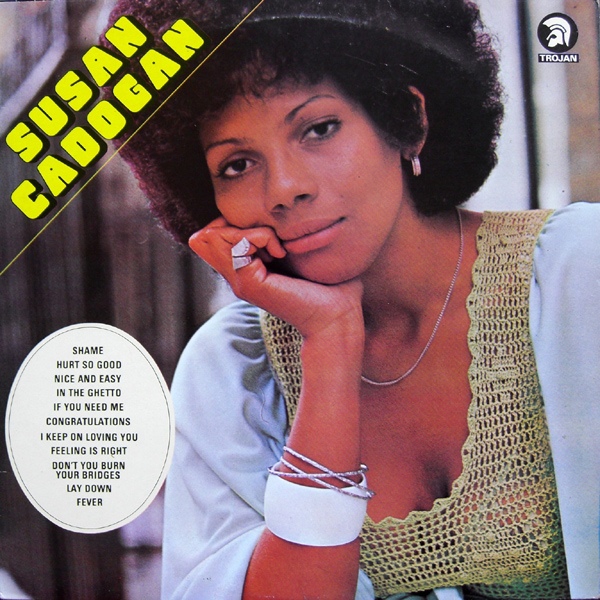
A personal favorite. A rare example of a record acting explicitly as a vessel for nostalgia without being maudlin. From Kill Ugly Radio:
Ernie was a Portland area Jazz legend, along with his brother, saxophonist Bill Hood. Ernie played with many great jazzbo dudes in the 30’s and 40’s, before his career was cut short by polio. He ventured into community radio and also played improvisational Zither music. His son Tom (who gave me this LP) once played me a recording at my house at 3AM of Ernie jamming in his kitchen with Airto Moriera. It was amazing! Ernie went on to help co-found KBOO radio, where his son is now the station engineer (and a damn fine DJ).
Comprised of zithers, keyboards, and field recordings of suburbia, Neighborhoods is heavy and hazy with childhood summer delirium–humidity, mosquitoes, and the smell of asphalt–but somehow it’s just as much about naivety as it is about aging; equally interested in the act of looking back and the thing being looked back upon. As Ernest says in the very moving liner notes, this isn’t social music–it’s almost invasively intimate, making it ideal for reading or headphones listening in the park. Give it a few listens to let it get its hooks in you. I hope you connect with it–this is a special one.
